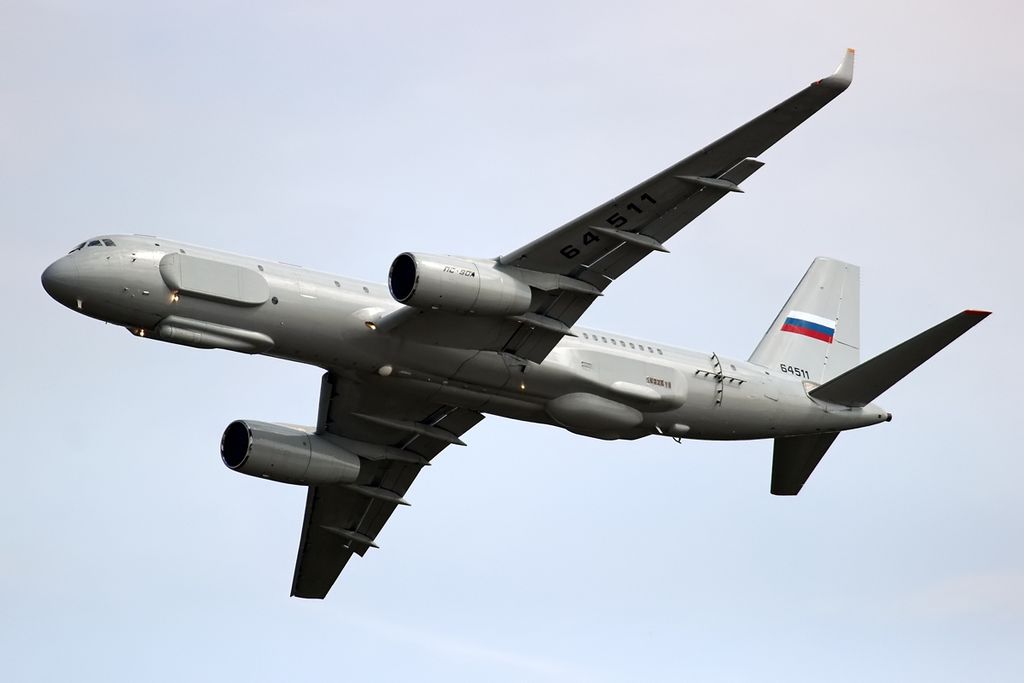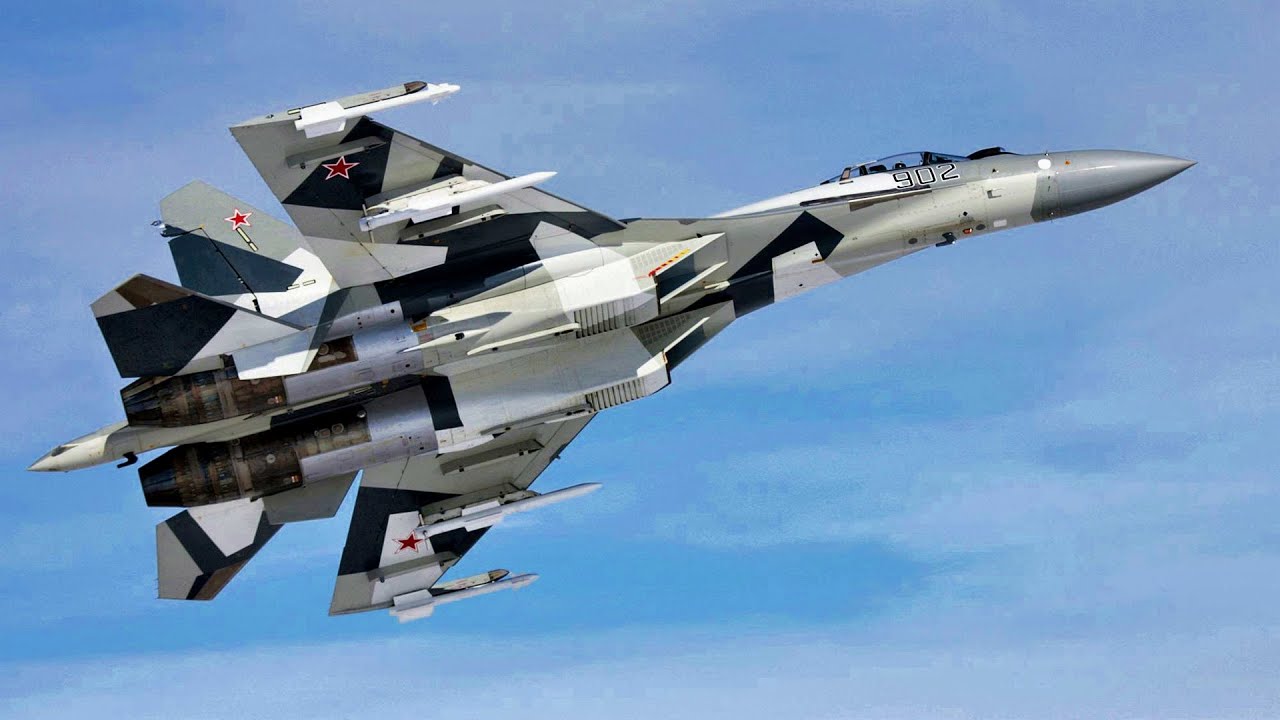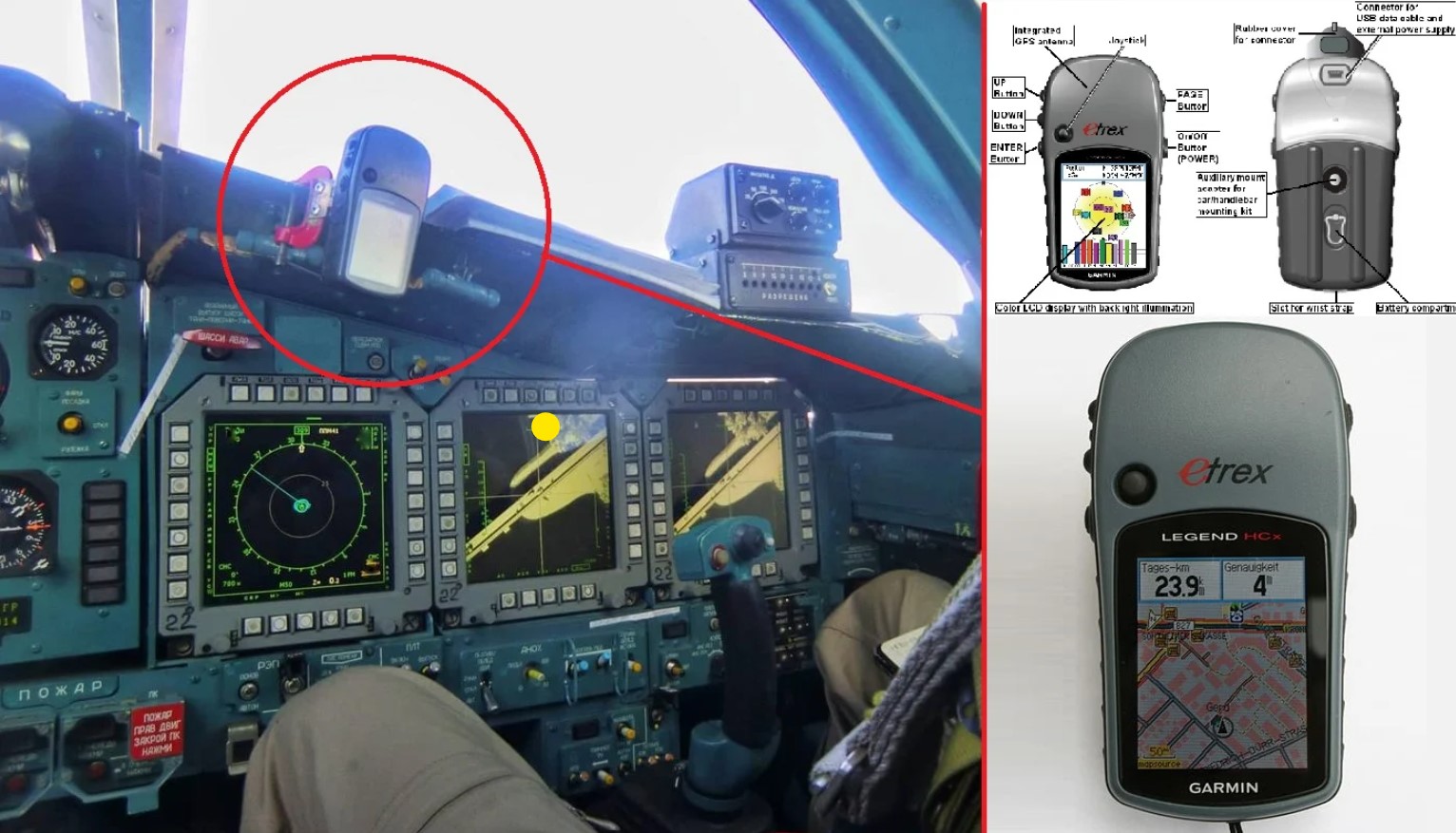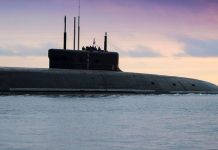The Russian Air Force received its first modernized Su-34M multipurpose bombers at the end of June, according to a recent announcement by Russian Defense Ministry.
“At the end of last month, the bomber aviation unit of the Air Force and Air Defense Army of the Eastern Military District, stationed in the Khabarovsk Territory, received several new modernized Su-34M multipurpose bombers,” the Ministry of Defense of the Russian Federation said in a press release on July 4.
The new modernized Su-34M order was placed in 2020 for around 76 aircraft to be supplied by 2027. The modernized variant features updated avionics, high precision weapons, and a set of suspended reconnaissance equipment.
The Sukhoi Su-34 ‘Fullback’
The Su-34 is considered one of Russia’s most advanced fighter aircraft. The plane design also incorporates features from the Su-30MKI, Su-33, and Su-35.
The plane is a twin-seater with horizontally-aligned seats instead of vertically aligned to the fuselage, meaning the pilot and co-pilot sit side-by-side. The co-pilot is in charge of navigation and armament. The crew can even stand up and sleep in a rest space with a toilet within this spacious cockpit.

The Su-34 is a fighter-bomber with a range of 600 miles (around 966 kilometers) and a weapons payload of 12 tons, including bombs and missiles for ground attack and air-to-air missiles. It is capable of firing precision-guided weapons.
In addition, the fighter jet is armed with a 30-millimeter cannon and is also equipped with a multi-mode radar and a Khibiny electronic-countermeasures (ECM) suite.
The Su-34 has been compared to an F-15E Strike Eagle of the US Air Force (USAF).

The Upgraded Su-34M
The new modernized Su-34M variant upgraded under the ‘Sych’ development program features three interchangeable reconnaissance pods suspended under the Su-34’s underbelly.
These three pods, UKR-RT, UKR-OE, and UKR-RL, have different sensors, but all use a single data bus, and all can transmit their findings via a wide-band datalink in real-time to friendly aircraft and command centers.
The UKR-RT is a radio-technical pod that uses an M410 electromagnetic sensor, miniaturized from the M400 used on the surveillance plane, to search for and geolocate the radar signals from enemy military systems.

While the UKR-OE is an optical-electronic pod that uses an M433 Raduga-VM infrared scanner coupled with an Antrakt camera system.
The UKR-RL is a radio reconnaissance pod capable of detecting air, maritime and ground objects at ranges of up to 290, 96, and 48 kilometers, respectively, even in low-visibility conditions.
Some unconfirmed reports also suggest the aircraft will have a rear-facing Kopyo-DL radar that will scan the rear hemisphere of the aircraft and warn of enemy missiles coming at the aircraft, thereby triggering active self-defense measures if needed.
According to the Director-General of Russia’s United Aircraft Corporation, Yuriy Slyusar, the modernized Su-34M has double the combat capabilities of the original aircraft.
Su-34s Shot Down In Ukraine War
That said, of late, many of the official claims relating to Russian military equipment have come under doubt after the war in Ukraine that began on February 24.
For example, even in its original form, the Su-34 can be considered a very sophisticated combat aircraft based on the claims of its capabilities.
Still, as EurAsian Times has reported recently, many Su-34s have been allegedly shot down in the ongoing Russia-Ukraine war. Ukrainians have been found selling parts from these downed jets at fundraisers.

So far, at least ten Su-34s have been knocked down by the Ukrainian forces, according to the figures compiled by the military tracking blog Oryx based on visual confirmations.
Furthermore, there have also been reports of Su-34 Pilots allegedly using rudimentary GPS equipment to know their location.
British Defense Secretary Ben Wallace claimed in May that downed Russian Su-34s were found with primary GPS receivers taped to the dashboards, suggesting the poor quality of their in-built navigation systems.

There is also evidence from the past which substantiates Secretary Wallace’s assertion. The images of the Su-34’s cockpit during combat operations in Syria, allegedly taken in 2016, show a US-made civilian GPS receiver, the Garmin eTrex Venture HC, taped to the dashboard.
For pilots of the Generation 4+ fighter, having to rely on civilian GPS receivers used by ordinary aviation enthusiasts suggests a lack of confidence in the Su-34’s navigation system.
- Contact the author at tanmaykadam700@gmail.com
- Follow EurAsian Times on Google News




